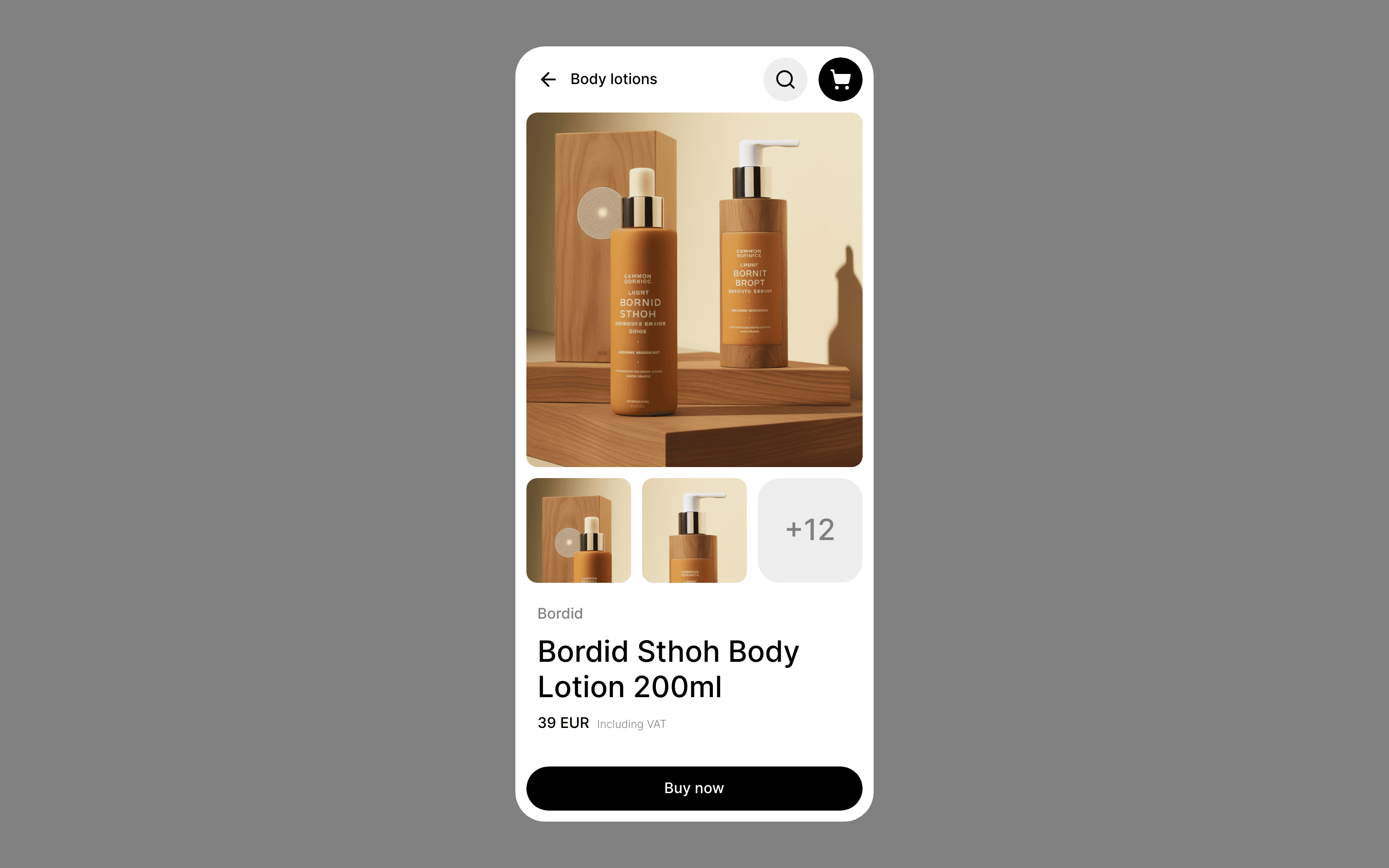Build Design Systems With Penpot Components
Penpot's new component system for building scalable design systems, emphasizing designer-developer collaboration.

medium bookmark / Raindrop.io |

What do you think about when you hear “design thinking”? Do the fields of UI and UX come to mind? Visual design? Storyboarding? Wireframes? Or could design be deeper than what you see on a screen?
Fundamentally, design is a problem-solving mindset grounded in strategy and research.
The process of deconstructing decisions down to their core value props is at the center of design thinking, and design thinking is the primary instrument of a design-driven culture. According to Debbie Kawamoto, Senior Director of Design at Ten-X:
“Design is deeper than what you see on the screen. Design is about dealing with the intangibles — a mindset that isn’t relegated to products. It’s about clarifying and examining the impacts of an objective. It’s a culture in which people use design thinking to focus on the right problems and move in the right direction.”
The primary purpose of a design-driven culture is to continuously innovate in a world that’s constantly changing. While there is no one all-encompassing definition, these cultures will typically have the following attributes:
Together, these attributes create a culture where teams focus on clear objectives before diving into solutions. It’s about being outcomes-focused in order to spur innovation around a common set of principles.

By understanding the business opportunity and focusing on the right problems, design-driven companies save time and money, while also delivering outcomes to their customers. The team is aligned because everyone is looking at that North Star: the business objective. We are iterating forward instead of looking backward.
“One of the main benefits of design-driven cultures is that teams are wired to learn from both successes and failures, and iterate on what they learn.” — Debbie Kawamoto
When you embrace learning, you’re less fearful of mistakes, and you free up innovation. The company benefits from better ideas that solve real problems, and doesn’t get inundated in tactical minutiae.
People sometimes confuse a data-driven culture with a design-driven culture. While data is very important, sometimes you’ll over index on quantitative data rather than carefully balancing both quantitative and qualitative data. In a design-driven culture, your qualitative data provides the context and story behind your quantitative data. It brings meaning to the numbers and allows you to align teams on a common goal.
More importantly, you can select the right data to measure. Design critiques will, consequently, center around improving both qualitative and quantitative metrics.
Ultimately, a healthy design-driven culture is held together by trust: the belief that the team is onboard with the same outcome. It’s about building a constructive feedback loop with management, so that design decisions center around business objectives and not just personal preferences. It’s also about trusting that your testing and metrics will inform you about the efficacy of a design.

A design-driven culture embraces the intangibles. These intangibles catalyze innovation, align teams, and deliver greater business impact. It’s a problem-solving mindset that extends beyond products and into all of our decisions. Ultimately, the purpose of design is to clarify an objective — delivering value to people as efficiently and effectively as possible.
Authored by Justin Baker, with help from the Ten-X design team. Originally posted on the Ten-X Blog
AI-driven updates, curated by humans and hand-edited for the Prototypr community